Transform Your Home: 2025's Best Sliding Conservatory Doors for Energy Efficiency
As we move towards 2025, home transformation is at the forefront of innovation, particularly in the realm of energy efficiency. One of the most significant upgrades homeowners can consider is the installation of sliding conservatory doors. According to the Energy Saving Trust, inefficient doors account for a substantial percentage of heat loss within homes, leading to increased energy bills and carbon footprints. In contrast, modern sliding conservatory doors, designed with advanced insulation materials and double or triple glazing, can reduce energy consumption by up to 60%, making them a critical investment for both comfort and sustainability.
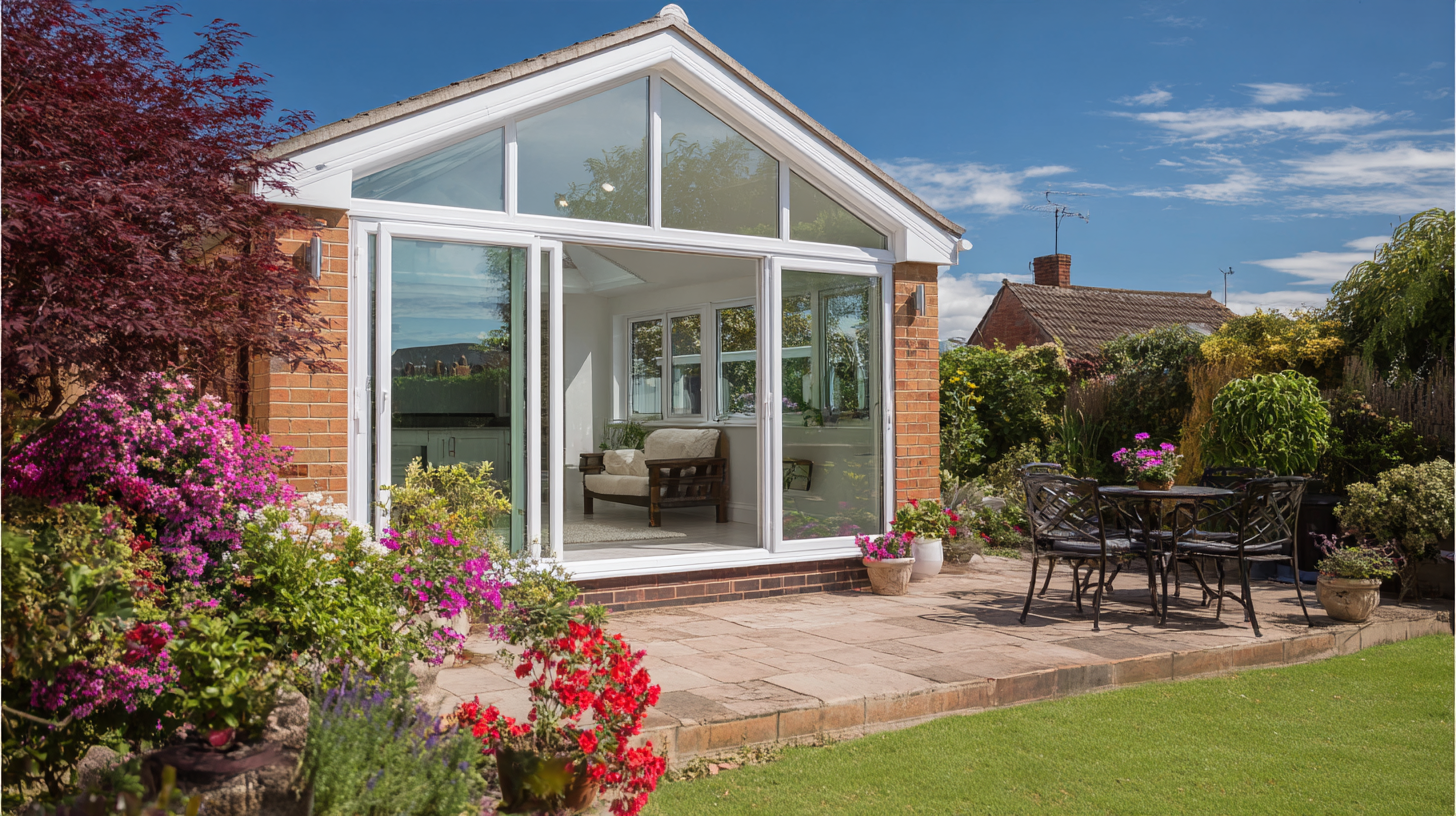
Furthermore, a recent report by the Federation of Master Builders highlights the growing trend in home renovations that prioritize eco-friendly solutions, with 70% of homeowners planning to integrate energy-efficient features into their properties by 2025. With sliding conservatory doors not only enhancing aesthetics but also playing a vital role in energy efficiency, they stand out as one of the best choices for homeowners looking to create a brighter and more energy-conscious living space. Embracing these innovative solutions not only enhances quality of life but also contributes to a more sustainable future.
The Importance of Energy Efficiency in Sliding Conservatory Doors
When it comes to choosing sliding conservatory doors in 2025, energy efficiency should be at the forefront of your decision-making process. According to a report by the Department of Energy, homes with energy-efficient windows and doors can save up to 30% on annual heating and cooling costs. This is particularly significant for conservatories, which are often subject to extreme temperature fluctuations. By investing in high-quality sliding doors designed for optimal insulation, homeowners can create a more comfortable living space while simultaneously reducing energy bills.
Moreover, advancements in technology have led to the development of new materials and designs that enhance energy efficiency. For instance, double or triple-glazed sliding doors can provide superior thermal performance, keeping the warmth in during winter months and reflecting heat during summer. A study from the National Renewable Energy Laboratory indicates that replacing old, single-glazed doors with modern energy-efficient alternatives can significantly reduce carbon emissions, supporting sustainable living efforts. As we move toward a greener future, choosing energy-efficient sliding conservatory doors will not only benefit your home but also contribute to broader environmental goals.
| Model | Energy Rating | U-Value (W/m²K) | Material | Price Range ($) |
|---|---|---|---|---|
| UltraSeal | A++ | 0.8 | Aluminum | 1800 - 2500 |
| EcoSmart | A+ | 1.2 | uPVC | 1200 - 1800 |
| ThermoGuard | A+ | 1.0 | Wood | 1500 - 2200 |
| EcoVantage | A++ | 0.6 | Fiberglass | 2000 - 3000 |
| SmartSlide | A | 1.5 | Composite | 1000 - 1500 |
Top Features to Look for in Energy-Efficient Sliding Conservatory Doors
When selecting sliding conservatory doors with energy efficiency in mind, several key features should be prioritized. First and foremost, look for doors that utilize double or triple glazing, as these can significantly reduce heat loss and improve insulation. The space between the glass panes often contains argon gas, which enhances thermal efficiency. Additionally, checking for low-emissivity (Low-E) glass is crucial since it reflects heat back into the home during colder months, thereby maximizing energy savings year-round.
Another essential feature to consider is the frame material. Options like uPVC, fiberglass, or thermally broken aluminum offer excellent insulation properties. A well-insulated frame minimizes drafts and contributes to the overall energy efficiency of the doors. Lastly, pay attention to the weather sealing used in the construction of the doors. High-quality seals ensure that hot or cold air doesn’t escape, further improving the energy efficiency of your conservatory. By focusing on these features, homeowners can transform their living spaces into energy-efficient havens while enjoying the aesthetic appeal of sliding conservatory doors.
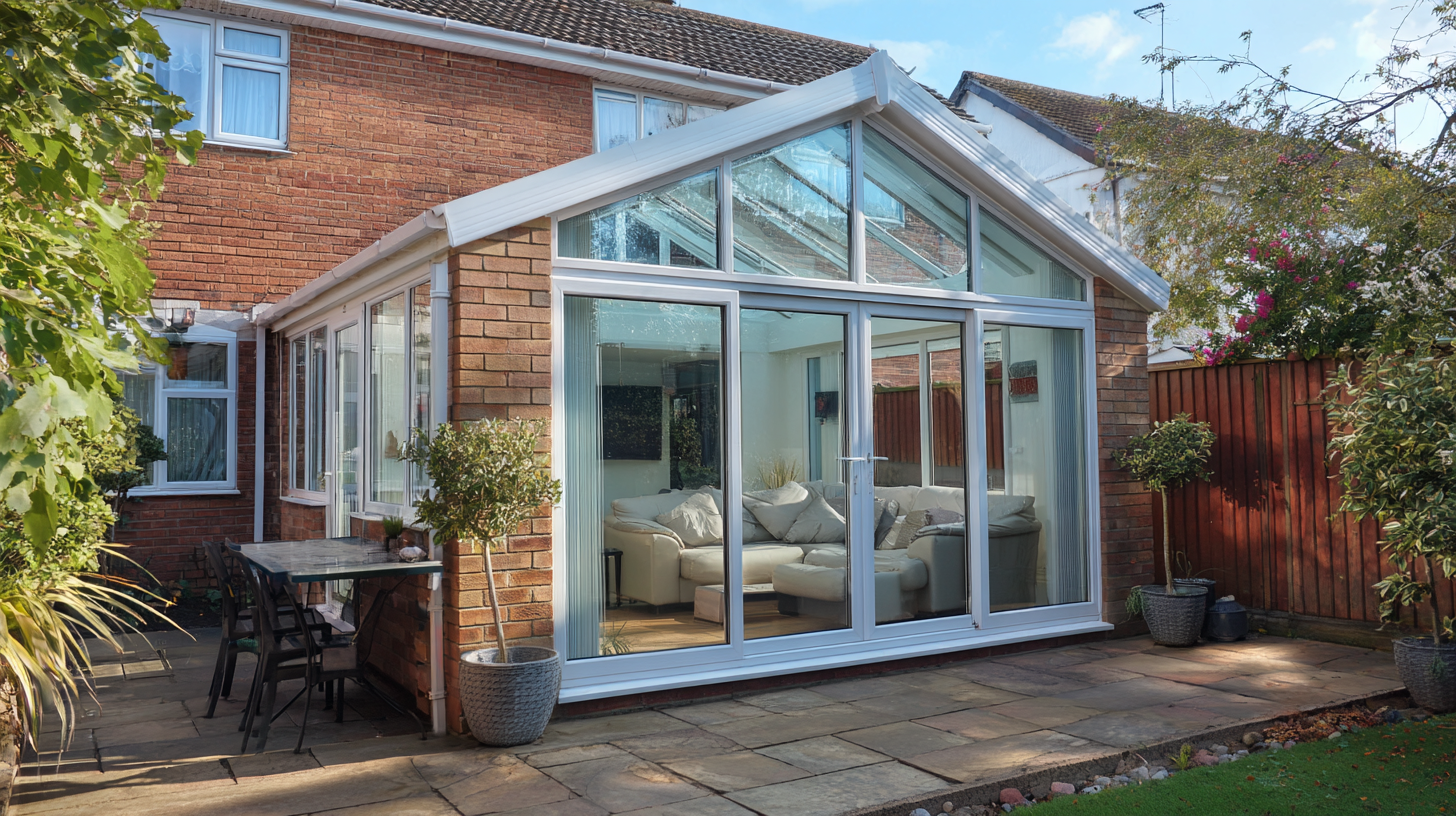
Material Choices: Choosing the Right Frame for Maximum Insulation
When it comes to maximizing energy efficiency in your home, selecting the right frame material for sliding conservatory doors is crucial. According to a recent report from the Department of Energy, homes equipped with energy-efficient doors can save up to 15% annually on heating and cooling costs. The materials used in these doors significantly impact thermal performance, insulation properties, and overall energy conservation.
Aluminum, timber, and uPVC are among the most popular choices for sliding conservatory door frames. uPVC, for instance, is known for its excellent insulating properties and low maintenance requirements. A study from the National Fenestration Rating Council reveals that double-glazed uPVC doors can achieve a U-value as low as 1.2 W/m²K, indicating superior thermal resistance. On the other hand, timber frames offer natural aesthetics and can be treated to enhance insulation, but they may require more upkeep to maintain their energy efficiency over time. Meanwhile, aluminum is increasingly used for its durability and sleek design, yet it typically falls short in insulation unless thermal breaks are implemented.
When choosing the right frame for your sliding conservatory doors, consider both the insulation performance and the environmental impact of the materials. Opting for sustainably sourced timber or high-quality uPVC can contribute not only to energy savings but also to a reduced carbon footprint. Investing in the right material now can lead to significant long-term benefits in energy efficiency and comfort within your home.
Energy Efficiency in Sliding Conservatory Doors - Material Choices
This chart illustrates the average U-Value for different types of sliding conservatory door materials, which is a key indicator of energy efficiency. A lower U-Value signifies better insulation properties, leading to improved energy efficiency in homes.
Innovative Technologies Enhancing Energy Efficiency in 2025 Models
In 2025, sliding conservatory doors are set to revolutionize residential energy efficiency with the integration of innovative technologies. According to the latest report from the National Association of Home Builders, energy-efficient doors can reduce energy costs by up to 15%. The emphasis on multi-chambered frames and insulated glass has allowed for improved thermal performance, minimizing heat loss during winter months while keeping interiors cool during the summer.

Furthermore, advancements in smart technologies are playing a pivotal role in this transformation. Doors equipped with sensors can detect temperature changes and automatically adjust their sealing mechanisms, enhancing insulation and preventing drafts. The Smart Home Technology Report 2025 highlights that homes utilizing energy-efficient sliding doors can expect an average decrease in carbon footprints by 20%, aligning with global sustainability goals. These advancements not only contribute to significant energy savings but also enhance the overall aesthetic and comfort of modern homes.
Design Trends in Sliding Conservatory Doors That Promote Sustainability
The design trends in sliding conservatory doors are increasingly focusing on sustainability, merging aesthetics with energy efficiency. Homeowners looking to promote a greener lifestyle can benefit from doors that feature advanced insulating materials and energy-efficient glazing. Modern sliding doors are now equipped with double or triple-pane glass, which significantly reduces heat loss while maximizing natural light. This not only lowers energy consumption but also enhances comfort within the home, creating a cozy atmosphere year-round.
Additionally, the use of sustainable materials in the frames of sliding conservatory doors is gaining popularity. Brands are moving towards responsibly sourced wood and recyclable aluminum, ensuring that their products have a minimal environmental impact. Many manufacturers are also incorporating low-VOC finishes to promote healthier indoor air quality. Overall, these design trends align perfectly with contemporary values, emphasizing the importance of sustainability while providing stylish solutions for modern living spaces.
Related Posts
-
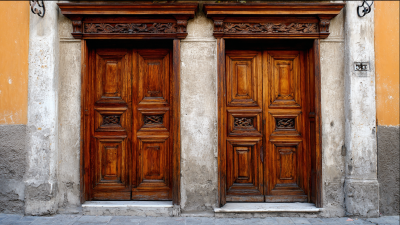
Exploring the Benefits of Choosing Wooden Windows and Doors for Your Home
-
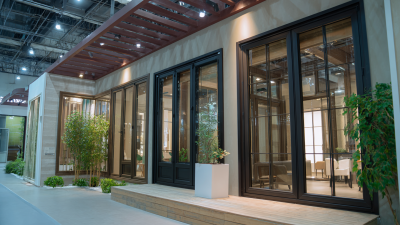
Innovative Trends in French Windows and Doors Showcased at 2025 China Import and Export Fair
-
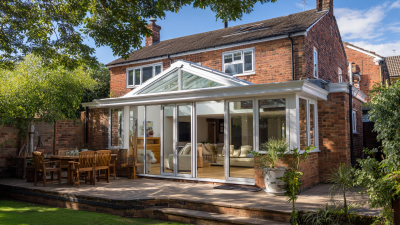
Why UPVC Windows & Doors Are the Ultimate Choice for Energy Efficiency in Modern Homes
-
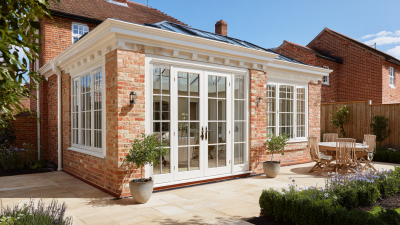
The Ultimate Guide to Choosing the Best UPVC Windows and Doors for Your Home
-
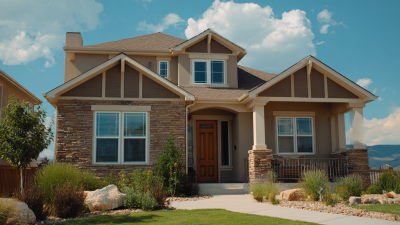
Enhancing Energy Efficiency: The Impact of Pro Windows and Doors on Home Insulation
-

2025 Top 10 PVC Doors: Durable, Stylish, and Eco-Friendly Choices for Every Home




